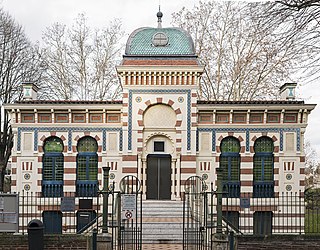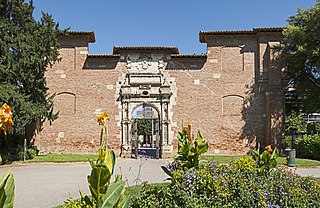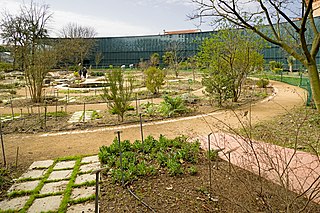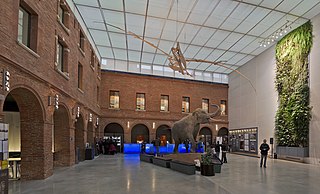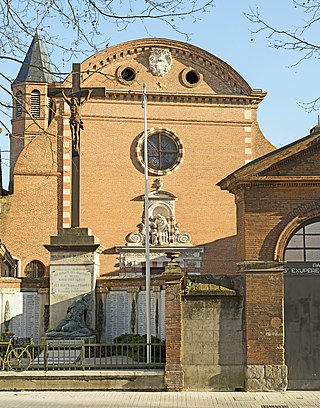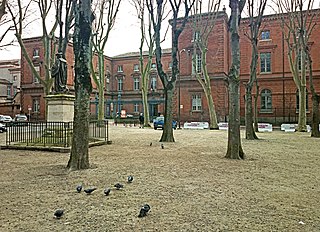Self-guided Sightseeing Tour #4 in Toulouse, France
Legend
Guided Free Walking Tours
Book free guided walking tours in Toulouse.
Guided Sightseeing Tours
Book guided sightseeing tours and activities in Toulouse.
Tour Facts
1.6 km
10 m
Experience Toulouse in France in a whole new way with our free self-guided sightseeing tour. This site not only offers you practical information and insider tips, but also a rich variety of activities and sights you shouldn't miss. Whether you love art and culture, want to explore historical sites or simply want to experience the vibrant atmosphere of a lively city - you'll find everything you need for your personal adventure here.
Activities in ToulouseIndividual Sights in ToulouseSight 1: Musée Georges Labit
The Georges Labit Museum is an archaeological museum located in Toulouse, France. It is dedicated to artifacts from the Far-Eastern and Ancient Egyptian civilizations.
Sight 2: Jardin des Plantes
The Jardin des Plantes is a public park and botanical garden located on Allée Jules-Guesde, Toulouse, France.
Sight 3: Jardin botanique Henri-Gaussen
The Jardin botanique Henri Gaussen is a botanical garden operated by the Université Paul Sabatier at 39 allées Jules Guesde, Toulouse, Haute-Garonne, Midi-Pyrénées, France. It is open weekdays in the warmer months.
Sight 4: Muséum d'Histoire Naturelle
The Muséum de Toulouse is a museum of natural history in Toulouse, France. It is located in the Busca-Montplaisir neighborhood of the city, houses a collection of more than 2.5 million items, and has some 3,000 square metres (32,000 sq ft) of exhibition space. Its Index Herbariorum code is TLM.
Sight 5: Église Saint-Exupère
The Saint-Exupère church is a baroque parish church located in the old district of Saint-Michel on the right bank of Toulouse. Its small octagonal bell tower houses a carillon of 14 bells.
Sight 6: Palais de justice
The Toulouse courthouse is located in Toulouse, France, between the Place du Salin and the Allées Jules-Guesde. It is made up of a group of buildings built between 1492 and 2008. Part of the Court of Appeal was classified as a historical monument on 8 September 1999; The unclassified part of the Court of Appeal as well as the Assize Court and the Regional Court were registered in 1994.
Share
How likely are you to recommend us?
Disclaimer Please be aware of your surroundings and do not enter private property. We are not liable for any damages that occur during the tours.
GPX-Download For navigation apps and GPS devices you can download the tour as a GPX file.
